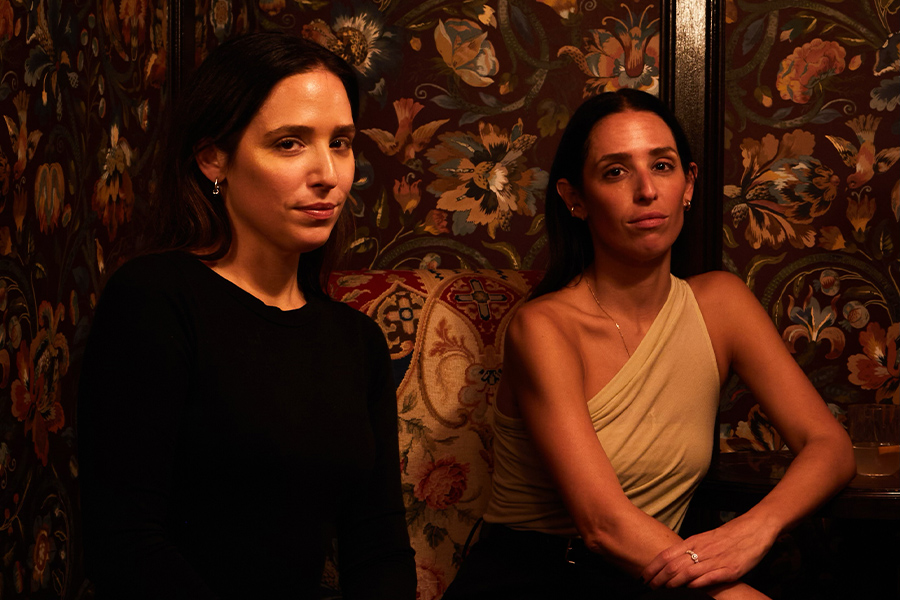Père Lachaise, the Parisian cemetery housing the graves of such luminaries as Jim Morrison, Oscar Wilde, and Édith Piaf, is one of the few attractions consistently luring tourists to the out-of-the-way 20th arrondissement. Swarming with culturally diverse locals and charming neighborhood cafés and bars, it was precisely this offbeat, colorful backdrop that inspired Serge Trigano and his sons Benjamin and Jérémie to open the first Mama Shelter hotel there in 2008. It immediately resonated with guests for its playful, minimalist design—tree stumps painted in gold, optimistic graffiti tags, black chalkboard ceilings emblazoned with white writing—courtesy of Philippe Starck.
Creating a magnetic, from-scratch hospitality brand is nothing new for the entrepreneurial Trigano clan. Gilbert, the patriarch, cofounded Club Med in the 1950s with Belgian water polo Olympian Gérard Blitz. Decades later, his son Serge took the reins. What started out as a no-frills adult camp providing respite from the post-World War II pall of gloom clinging to Europe grew into a global network of escapist resorts brandishing the slogan “the antidote to civilization.” During its heyday in the ’70s and ’80s, it was characterized by hedonism, a medley of picturesque beaches and bronzed sunbathers punctuated by activities like waterskiing and the flying trapeze. But with aging Baby Boomers no longer flocking to such all-inclusive experiences, and a diminishing interest in manufactured paradises, Club Med took a hit, and Serge left in 1997. Eager to spark a new venture, he brought Jérémie, who was then working for a travel management company, and Benjamin, who was employed by Coca-Cola, into the fold. A pared down, urban incarnation of Club Med was born.
“We saw that tourism was evolving with a focus on cities. Ian Schrager was great with the boutique concept of beds over bars, but the strong service component was still missing,” explains the Los Angeles-based Benjamin Trigano, who also presides over West Hollywood’s M+B contemporary art gallery. “So we came up with the idea of Mama Shelter as a common ground for people to meet and hang out, driven by real hospitality. There is an explosion of boutique hotels that sell a sense of cool, but for us the design is secondary—a conduit to the fun. Guests come back because of the quality of the people we hire, and they connect with the warm and welcoming aspect that feels like a home.”
Starck brought this vision to life by giving it a “human aspect that was attentive to affordability and functionality,” by salvaging chairs, incorporating unlikely materials like pickup truck flooring, and adding whimsical social elements such as photo booths, communal tables, and oversized foosball tables, notes Trigano. Five outposts followed Paris, including Marseille, Lyon, and Bordeaux on the Triganos’ native turf. Istanbul closed, but further afield there are now locations in Los Angeles and Rio de Janeiro.
Mama Shelter’s look, which always subtly references its locale and features bold patterns and buzzy rooftop bars, is no longer in Starck’s realm, but French designers (and Starck alums) Thierry Gaugain and Jalil Amor’s instead, who designed the LA and Rio locations, respectively. “The design is different, but you still see the DNA,” Trigano points out. Now part of the AccorHotels portfolio (the Paris company owns a 35 percent stake in the brand), more properties are in development, including in French locations Lille, Toulouse, and Paris’s Porte de Versailles, as well as in Prague; Belgrade, Serbia; Bangkok; and Dubai. For the latter, slated to open in 2020, Paris-based Franklin Azzi Architecture will cover the façade’s wooden skin with a coat of glass, promising an alternative to the plethora of mall-like skyscrapers.
Don’t expect Mama Shelters to pop up everywhere. Trigano’s growth strategy is a simple philosophy: “We will only open in the places where we want to travel.”


